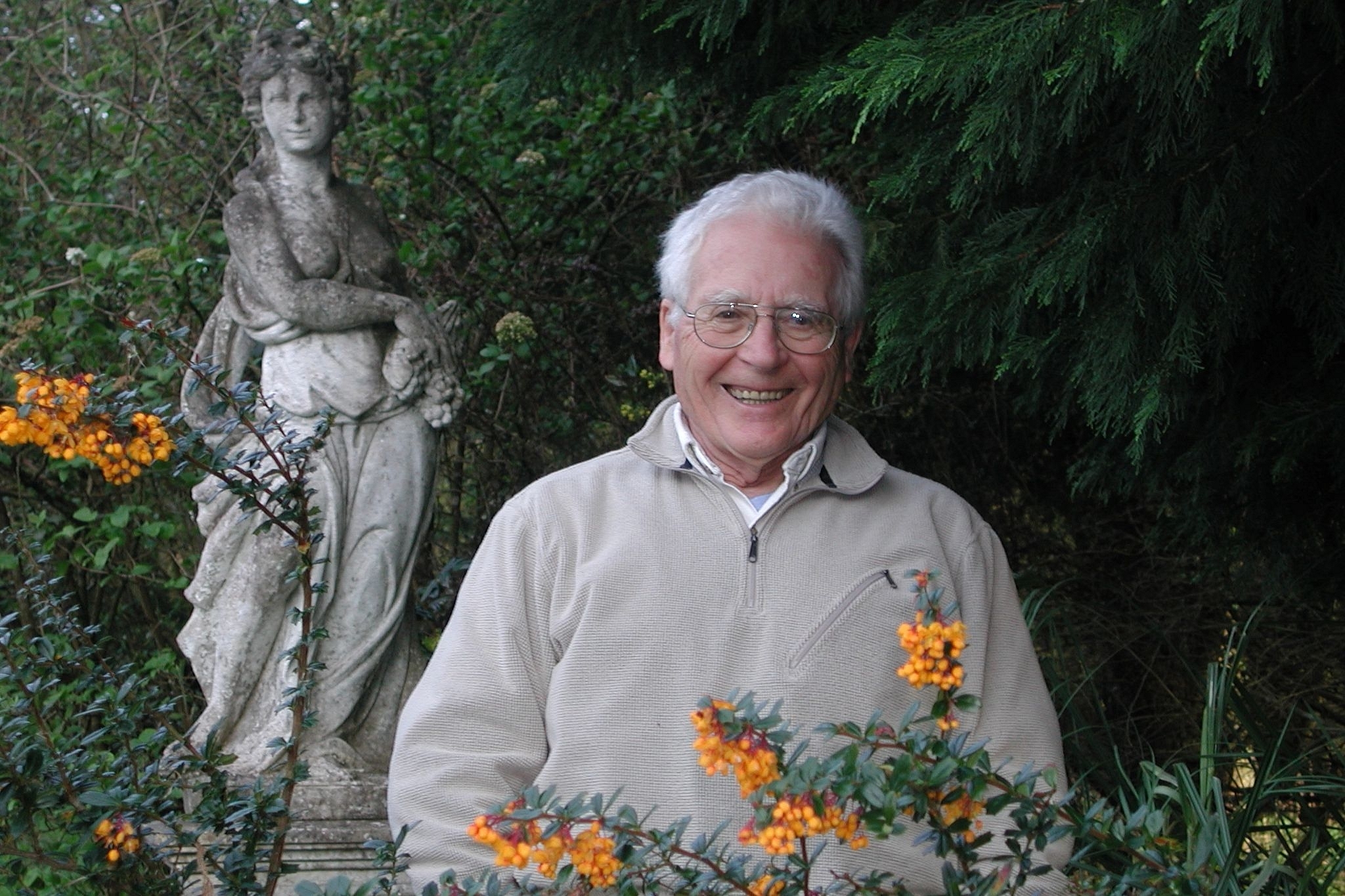Science
James Lovelock (1919-2022): Scientist Who Discovered The 'Goddess'
- Lovelock, who discovered the organism-like nature of Earth and named that 'Gaia', died on his 103rd birthday on 26 July.

James Lovelock (Wikimedia Commons)
It was the 1940s. Two young scientists at UK’s National Institute of Medical Research (NIMR) were conducting experiments on heat radiation in order to ‘lessen the painful burns of servicemen exposed to flash or flame.’ The experiments involved measuring ‘the radiant heat flux that would cause burns by using the shaved skin of live rabbits.’
Later, one of the young scientists, James Lovelock, who would go on to start a new conceptual revolution in science. He later recalled:
James Lovelock, who hailed from a Quaker family, basically started as a scientist in medical field. He had mostly been an unaffiliated scientist, unattached to any corporate or government body, though he had been a consultant to NASA. He had a home laboratory at Cornwall, UK.
The sailing had not always been smooth.
In the 1950s, he survived a few times by selling his rare blood ‘every few weeks at $50 a pint to keep the family in food.’ To keep his freedom as an ‘independent scientist’, he made some thirty inventions and patented them from time to time. They generated some income to sustain his science and family.
One of his inventions, which could detect elements of chemicals, was instrumental in helping scientists identify the presence of pesticides and their accumulation in the ecosystems which ultimately led to Rachel Carson writing the famous environmental classic of our age Silent Spring.
In the 1960s, Lovelock was working as a consultant to NASA in its mission for finding the possibility of life on other planets, particularly in designing instruments to detect signs of life when Viking spacecraft would land on Mars (which it would in 1976). However, Lovelock suggested looking at the dynamics of atmosphere of the planet, rather than going there and fishing for life, as a tell-tale sign of whether or not life as a phenomenon existed on a planet. This was the first seed of Gaia hypothesis in Lovelock.
Later, he would associate himself with the equally rebellious and brilliant microbiologist Lynn Margulis (1938-2011) who was interested in unconventional symbiotic pathways of evolution.
If Lovelock was looking at the entire planet with life shaping it as a planetary phenomenon, Margulis was discovering such connections and pathways at the cellular level. Soon they collaborated. James Lovelock wrote:
His discovery of Gaia, which he put forth along with Margulis, made him controversial and famous. Lovelock and Margulis explained it thus in 1976:
The idea met with fierce resistance. In science, as in all institutions, there sits an orthodoxy that will not allow new ideas to enter easily. In this case that role was played by neo-Darwinians. But the ever gentle Lovelock saw an opportunity in their hostile criticism:
But there was also another aspect to this. The problem was not the science but the metaphor Gaia - the pre-Christian Greek Goddess.
James Lovelock pointed out that Gaia was actually a metaphor, but not just a metaphor as metaphors form an important component of the way we do science:
Down the decades, the Gaia theory has become an important way of looking at the Earth – it is system-based, scientific, holistic, ecological, artistic and hence on the whole, spiritual. It is a metaphor, Lovelock always emphasised. Science is always filled with metaphors. Like none other in recent times, Gaia has connected the hardcore science of evolution and ecology, geology and hydrology, atmospheric and oceanic science to the collective imagination of humanity.
Gaia, Lovelock repeatedly said, was to him a shorthand for the hypothesis of the biosphere as ‘a self-regulating entity with the capacity to keep our planet healthy by controlling the chemical and physical environment.’ But he recognised that it has triggered a deeper awe:
James Lovelock was also not the usual run-of-the-mill environmentalist. He believed that the nuclear technology, despite the exaggerations of its danger, actually provided the safer and greener energy that we need urgently.
Today, with the climate crisis and the need to understand the Earth systems which we may be tampering with in dangerously irreversible ways, Gaia has emerged as a great framework for science and research.
Today, Gaia is mainstream. It is creating strong impacts on not just our science but also in our conception of the sacred and in our value system. James Lovelock, the gentle science sage started it all with his simple instruments and child-like wonder.
From a fiercely independent scientist to a visionary challenger as well as a transformer of the way we view planet, life and evolution, James Lovelock represented a pure and indefinable fire that animates science. Even though Gaia does not prove ‘scientifically’ that the Earth ‘lives’ yet it has become a feeling that unites science and earth ethics, art and mysticism.
When he died on 26 July 2022, on his 103rd birthday, the circle was complete.
Introducing ElectionsHQ + 50 Ground Reports Project
The 2024 elections might seem easy to guess, but there are some important questions that shouldn't be missed.
Do freebies still sway voters? Do people prioritise infrastructure when voting? How will Punjab vote?
The answers to these questions provide great insights into where we, as a country, are headed in the years to come.
Swarajya is starting a project with an aim to do 50 solid ground stories and a smart commentary service on WhatsApp, a one-of-a-kind. We'd love your support during this election season.
Click below to contribute.
Latest